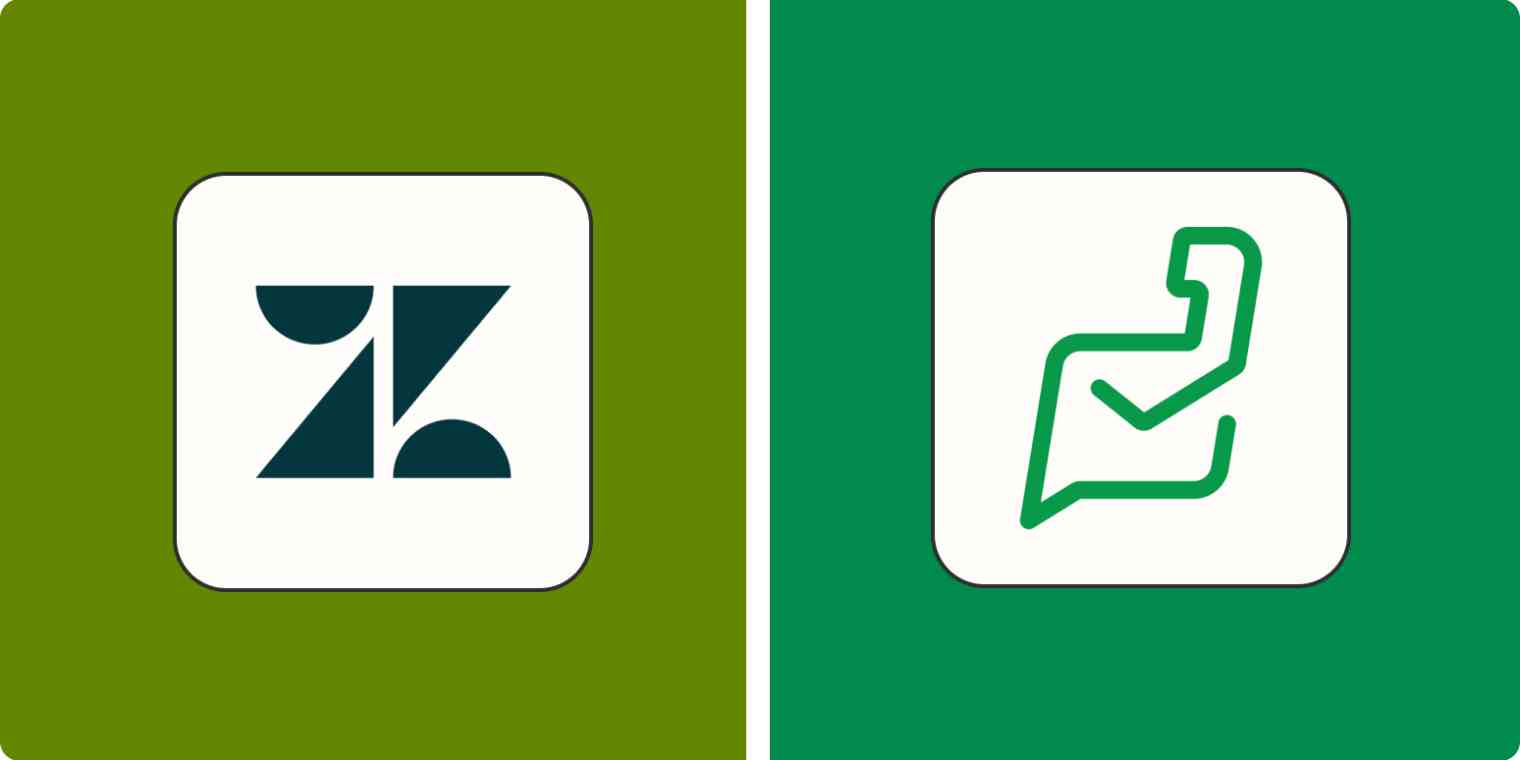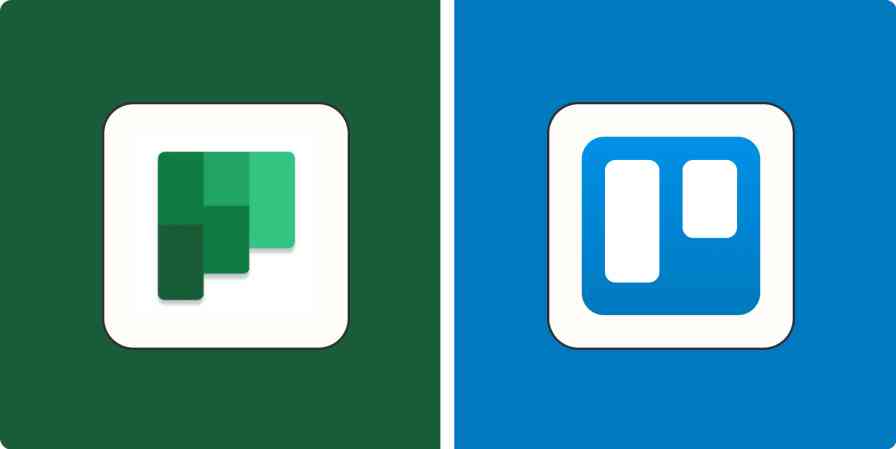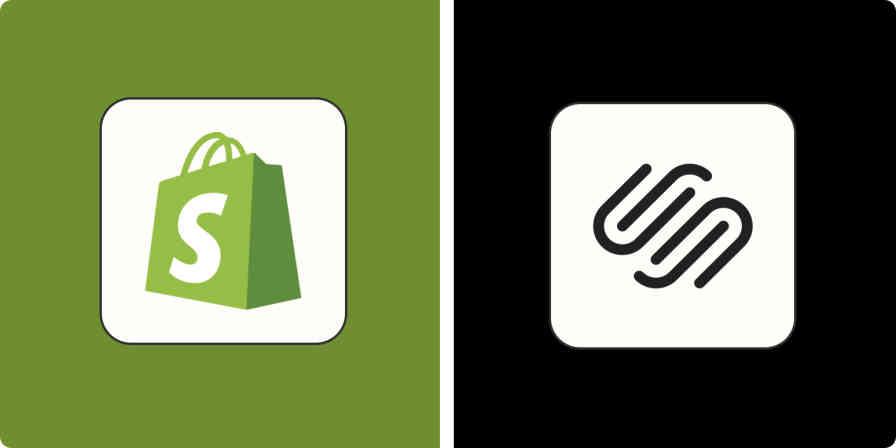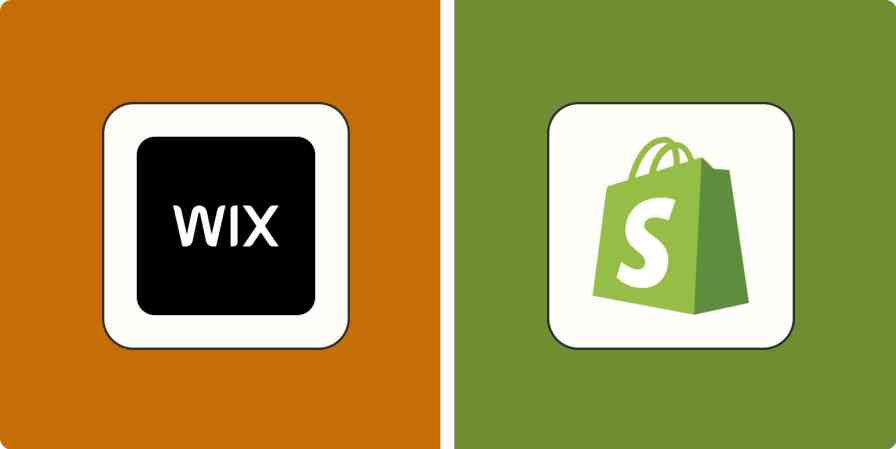Whether you're on the "assisting" or "being assisted" end of customer service, you know how painful a three-and-a-half-hour live chat about a software glitch that takes an entire SWAT team of reps to figure out can be. Nobody has time for that.
To save your organization resources (and your customers a headache), you need an intuitive customer service software that streamlines ticket management and—to put it bluntly—makes your agents not hate their jobs.
Zendesk for Service and Zoho Desk are two of the most popular customer service platforms on the market. I spent a lot of time testing both options to determine which is best for who, and based on that experience, here's my breakdown of Zendesk vs. Zoho.
Zendesk vs. Zoho Desk at a glance
Both Zendesk and Zoho Desk offer valuable customer service tool features like ticketing, a knowledge base, a community forum, live chat, automations, macros (pre-saved actions), collaboration features, cross-platform support, and reporting options. Really, their starkest difference is in quality vs. price:
Zendesk is better equipped to serve organizations with a larger budget that need advanced reporting, a help center, and integration features.
Zoho is better positioned to serve organizations on a budget that are willing to overcome a learning curve to enjoy a solid customer service solution.
| Zendesk for Service | Zoho Desk |
|---|---|---|
Customization | ⭐⭐⭐⭐⭐ Highly customizable bots, help center, and reports | ⭐⭐⭐ Relatively minimal customization options for knowledge base and reports |
Integrations | ⭐⭐⭐⭐⭐ 1,600+ integrations; integrates with Zapier | ⭐⭐⭐⭐ 400+ integrations; integrates with Zapier |
Automation | ⭐⭐⭐⭐ Customize automated replies; offers chatbots | ⭐⭐⭐⭐ Customize automated replies; chatbots available via Zoho SalesIQ |
User-friendliness | ⭐⭐⭐⭐⭐ Simple, user-friendly interface; built-in tutorial with helpful demo videos | ⭐⭐⭐ Cluttered, somewhat difficult-to-navigate interface |
Help center | ⭐⭐⭐⭐⭐ Help center is highly customizable; can set permissions for moderators | ⭐⭐⭐⭐ Knowledge base isn't very customizable, but offers SEO features |
Advanced features | ⭐⭐⭐⭐⭐ Advanced reporting, automatic language translation, generative AI, and more | ⭐⭐⭐ AI-powered virtual assistant; features are generally less advanced than Zendesk's |
Price | ⭐⭐⭐ Far steeper price point than Zoho Desk (pricing below is for annual billing) Team: $25/user/month Professional: $69/user/month Enterprise: $149/user/month | ⭐⭐⭐⭐⭐ Much more affordable (pricing below is for annual billing) Standard: $14/user/month Professional: $23/user/month Enterprise: $40/user/month |
Security | ⭐⭐⭐⭐⭐ Credit card number redaction; data encryption both at rest and in motion | ⭐⭐⭐⭐ GDPR compliance |
AI | ⭐⭐⭐⭐ AI features must be added on; Advanced AI package only available for Professional and higher | ⭐⭐⭐⭐⭐ Zia, the conversational AI assistant, is available across the CRM; additional AI tools available at Enterprise level |
Zoho's suite of tools is much broader
An apples-to-apples comparison of Zendesk and Zoho isn't exactly fair. Zoho has a pretty massive suite of over 100 cloud-based tools that span categories like sales, marketing, HR, finance, security, project management, and more (I'm getting dizzy).
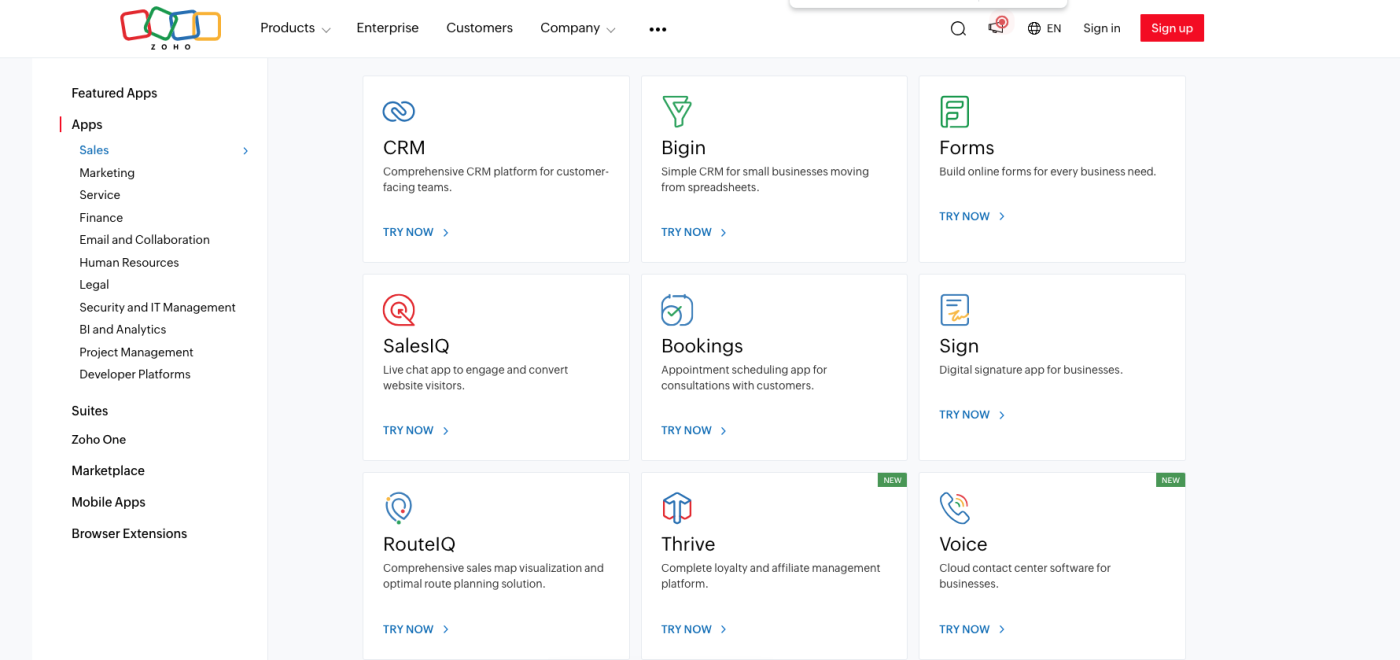
Zendesk, on the other hand, offers two tools: Zendesk for Service (for customer service) and Zendesk for Sales (its CRM).
This article will compare each company's customer service tools—Zoho Desk and Zendesk for Service. If you're more curious about CRM options than customer service solutions, check out Zapier's post covering the best CRMs or breakdown of Zendesk vs. Salesforce.
Zendesk is the more user-friendly option
When it comes to usability, Zendesk and Zoho Desk each have distinct bragging rights—Zendesk provides a far better user experience, but Zoho's AI features assist agents in some powerful ways (more on that later). For now, let's dive into the way their user experience differs.
Zendesk's setup tutorial experience is superb. It guided me through the platform's standard and advanced features, using a combination of pop-up boxes, previews, and even demo videos to help me find my way around the interface and know what's possible with the platform.
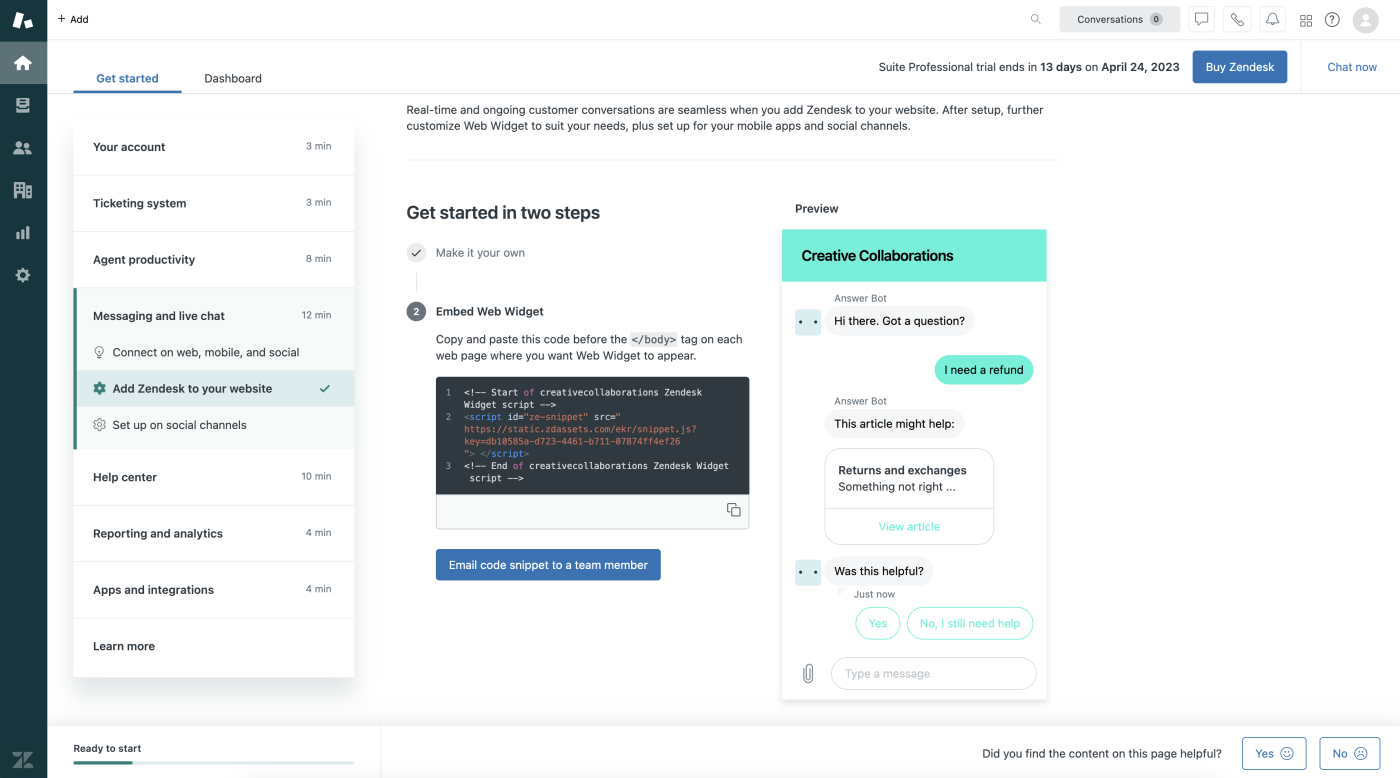
Plus, despite it having a lot of different features and views, Zendesk keeps everything clean and organized. Just navigate to the top bar to hop from the Support channel for agent ticket management to the Explore channel for reporting to the Talk channel for voice communication, and more.

Zendesk also offers intuitive side-conversation features and a clear view of interaction history with customers to make your agents' lives easier.
My experience with Zoho Desk's busy interface, on the other hand, was quite different. When I opened my first ticket, the sheer number of options (many of which are represented by tiny icons and hyperlinks) made my eyes gloss over a bit.
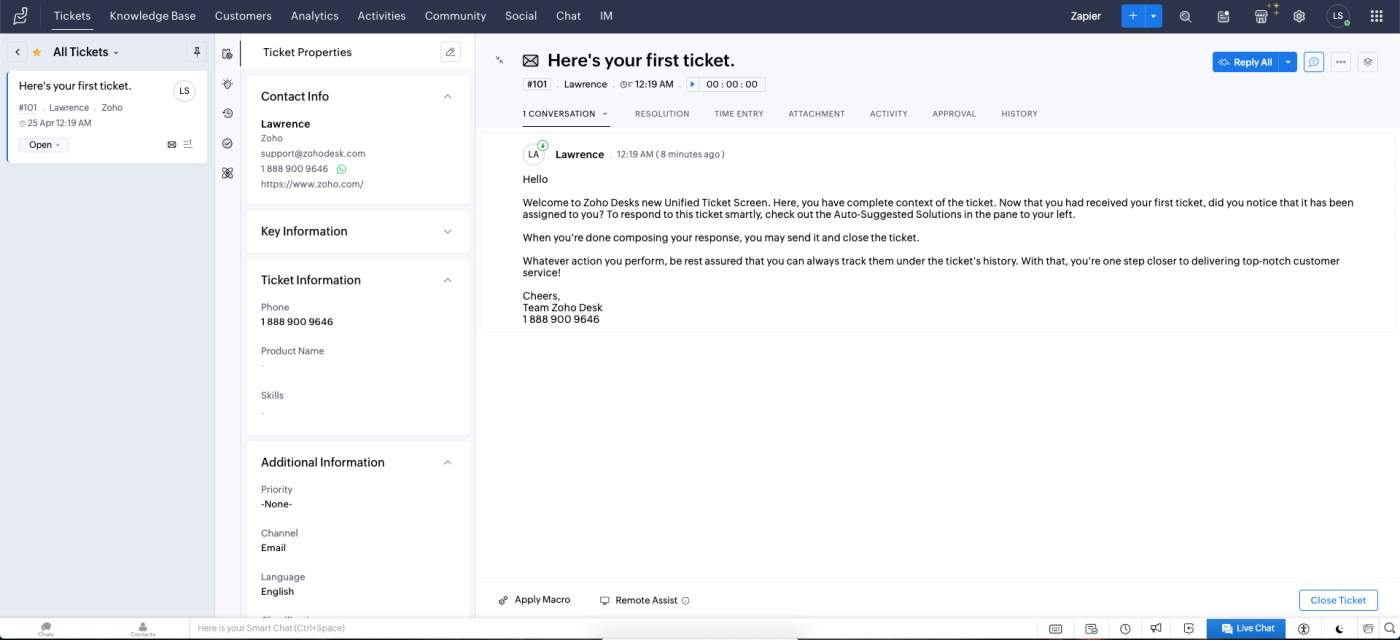
When I navigated to the setup page to hunt for some helpful features and resources, the decision fatigue followed.
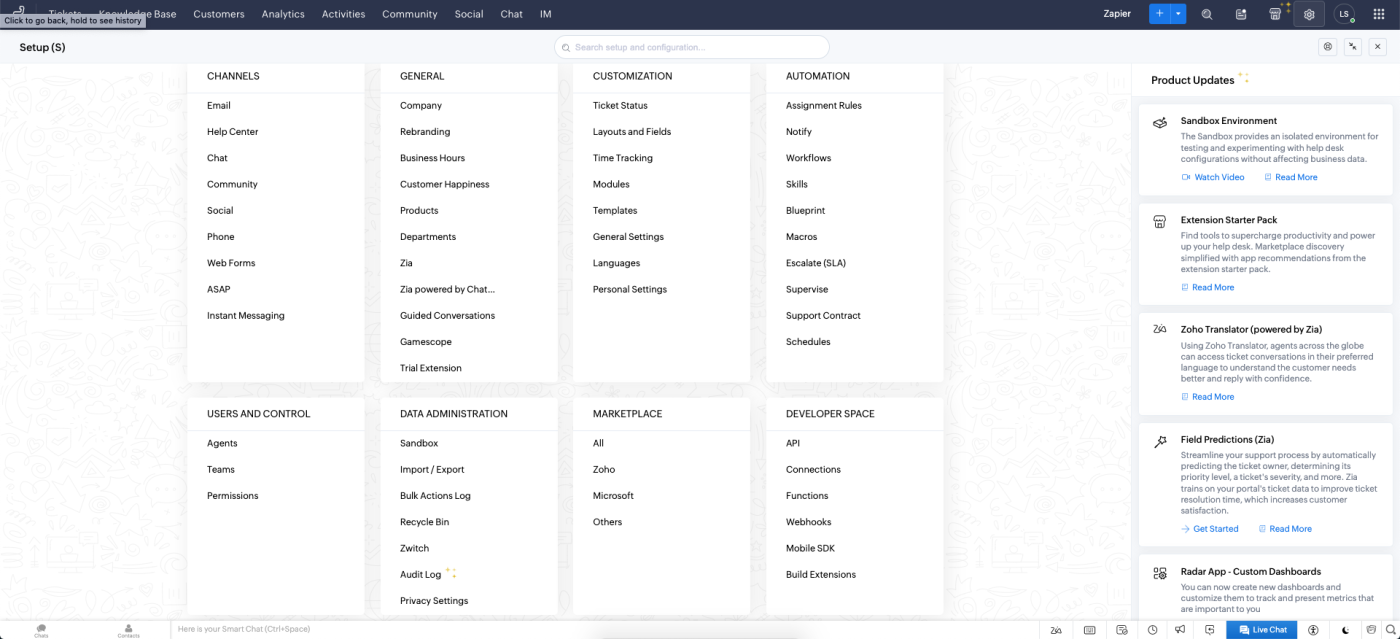
Ultimately, your team is far less likely to run into a learning curve with Zendesk, despite its advanced features.
Zoho has a helpful AI chatbot, but Zendesk has well-integrated generative AI
Zoho may not be the easiest platform to navigate, but its AI functionality makes up for it. Zoho offers an AI-powered virtual assistant called Zia, and she does far more than swing from a chandelier (sorry).

Zia can intelligently tag customer tickets with related keywords, fetch relevant information from your knowledge base to answer a user's question, notify you of strange ticket responses, enrich data, and even perform sentiment analysis (essentially poking your shoulder and saying, "Hey human, I think the customer is mad").
Granted, it took me a minute to figure out where to find Zia. You'd think one of the platform's biggest differentiators would be automatically enabled and have bright flashing arrows pointing to it, but I had to dig into Zoho's settings just to make the thing appear on my interface at all. Plus, it's only available with Zoho's most expensive Enterprise plan.
For its part, Zendesk has made some big strides to catch up to competitors like Zoho in terms of AI.
For example, when agents open a ticket, they get multiple AI-suggested macros that offer recommendations for responses that could address the ticket without a second thought (or is it "second's thought"?). That means there's a good chance they can solve customer problems with just a couple clicks of the mouse.
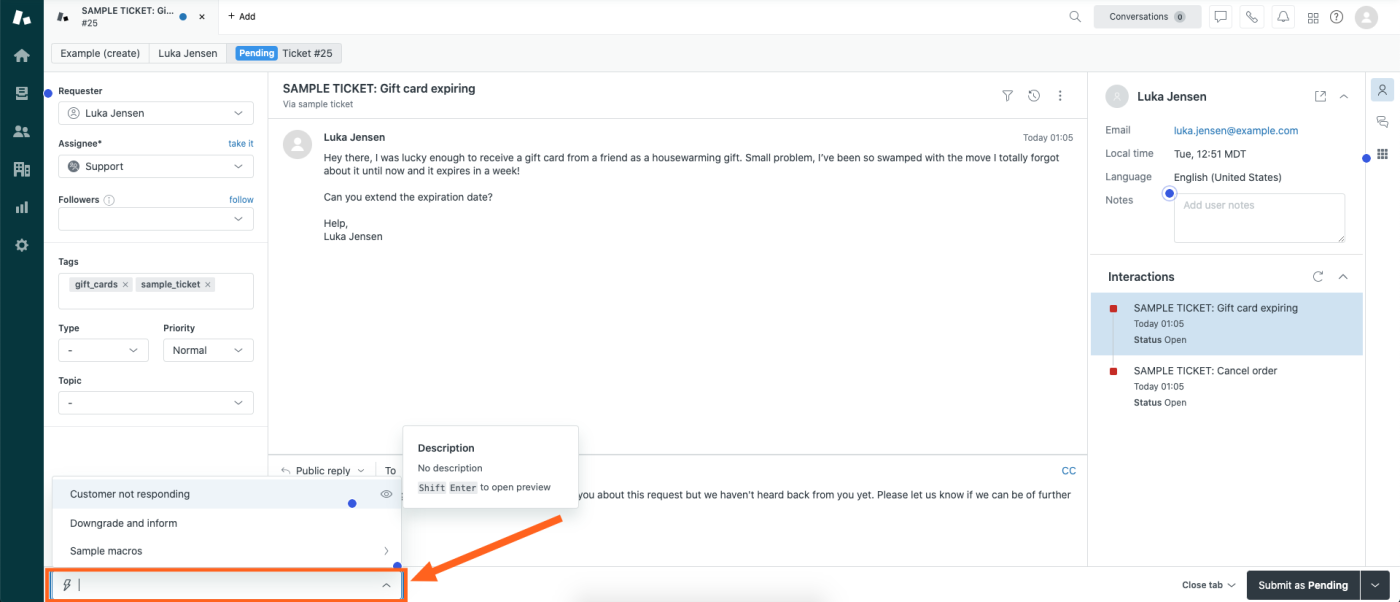
Users with the Advanced AI add-on also get access to on-the-fly generative AI, which is both a great feature and a great rhyme. Within the response bar on a given ticket, agents can use AI to automatically do things like summarize comments, rephrase a response to change its tone, and expand a comment with more context the agent may not be able to give off the cuff. They can even turn their conversation notes into fully fleshed-out content for knowledge libraries to assist with future issues.
Zendesk is more feature-rich but at a much higher price point
In terms of their core software, feature-for-feature, Zendesk is pretty clearly the more robust customer service platform. But you might just find you're getting charged up the wazoo to access features that Zoho Desk offers for cheaper.
Customization
Zendesk's flexibility is reflected in just how many features you can customize. Take bots, for example. Using the bot editing tool, you can easily set up a custom bot complete with optional AI features like generative replies and personas. You can even name them and set their avatars for a little boost of character.
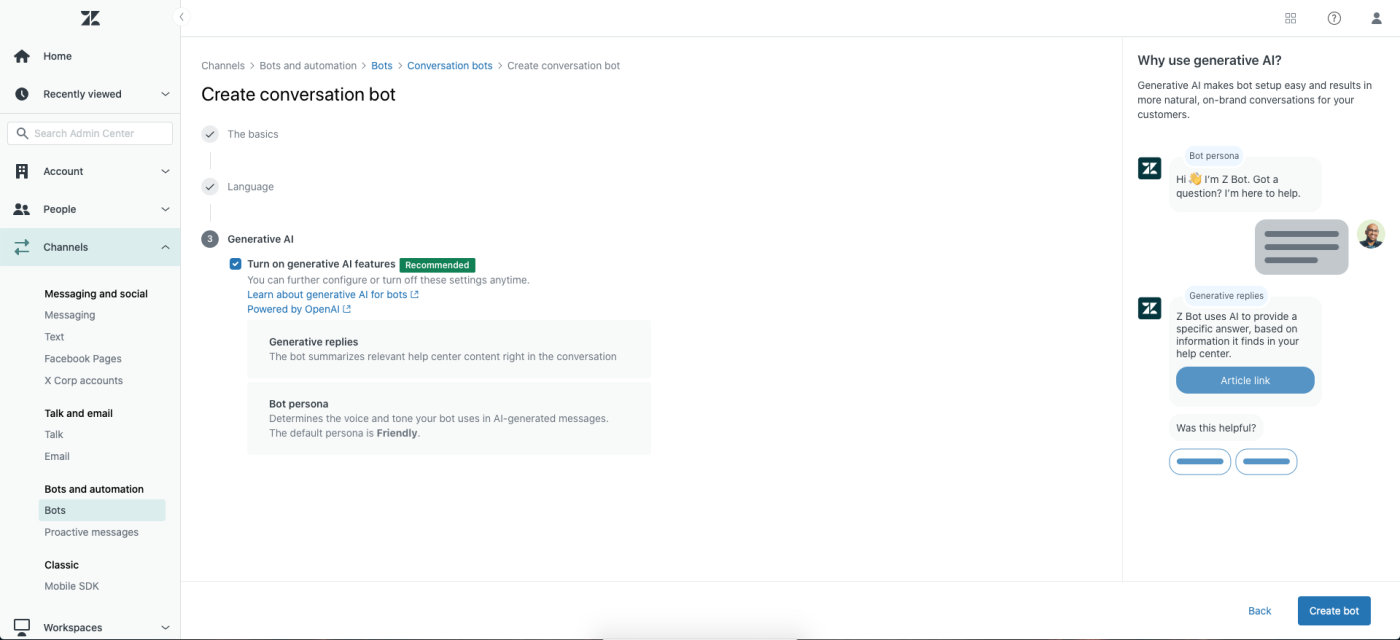
Likewise, I was really impressed with how much Zendesk allows you to customize your help center—it almost felt like I was building a blog or a website. You can choose a theme, set a hero image, enable/disable features like recently viewed articles, and more.
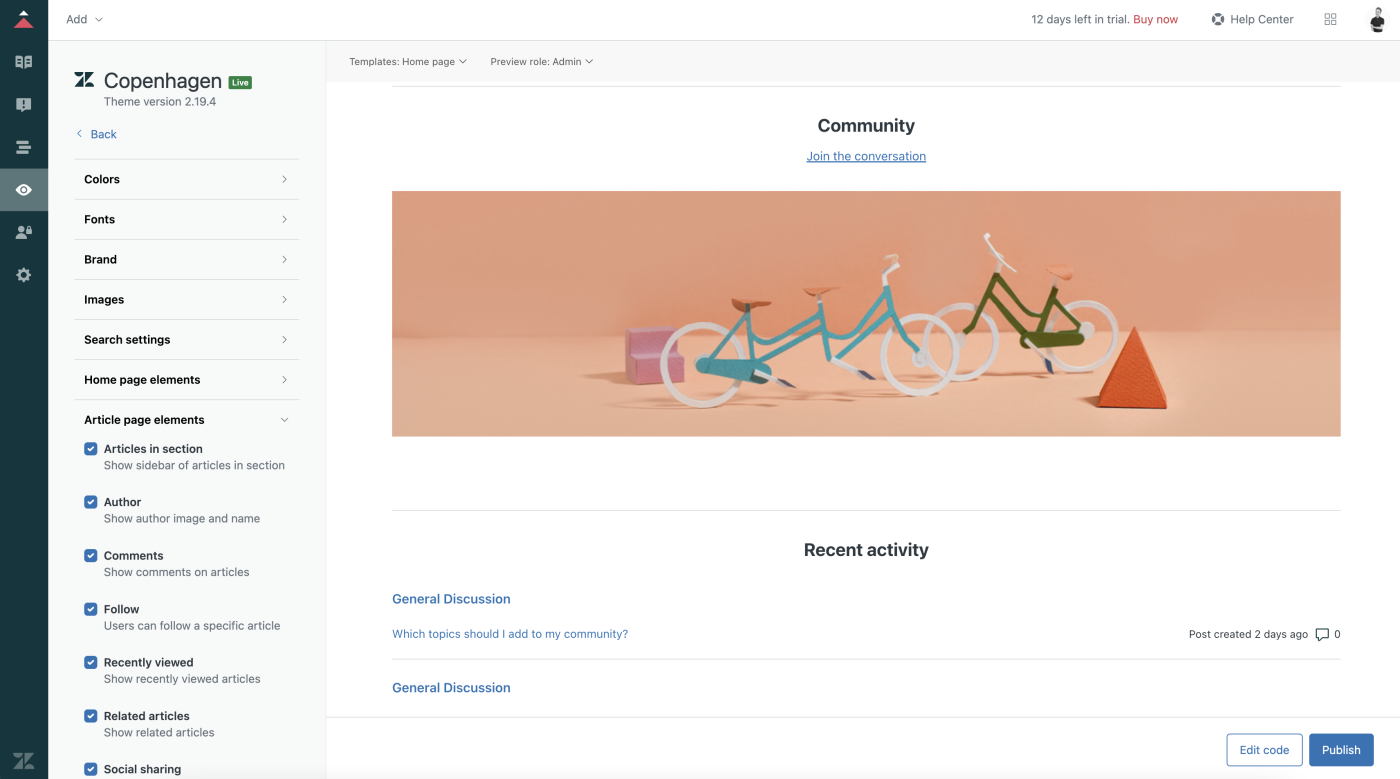
On the other hand, if I had to describe Zoho Desk's knowledge base customization options in one word, it would be basic.
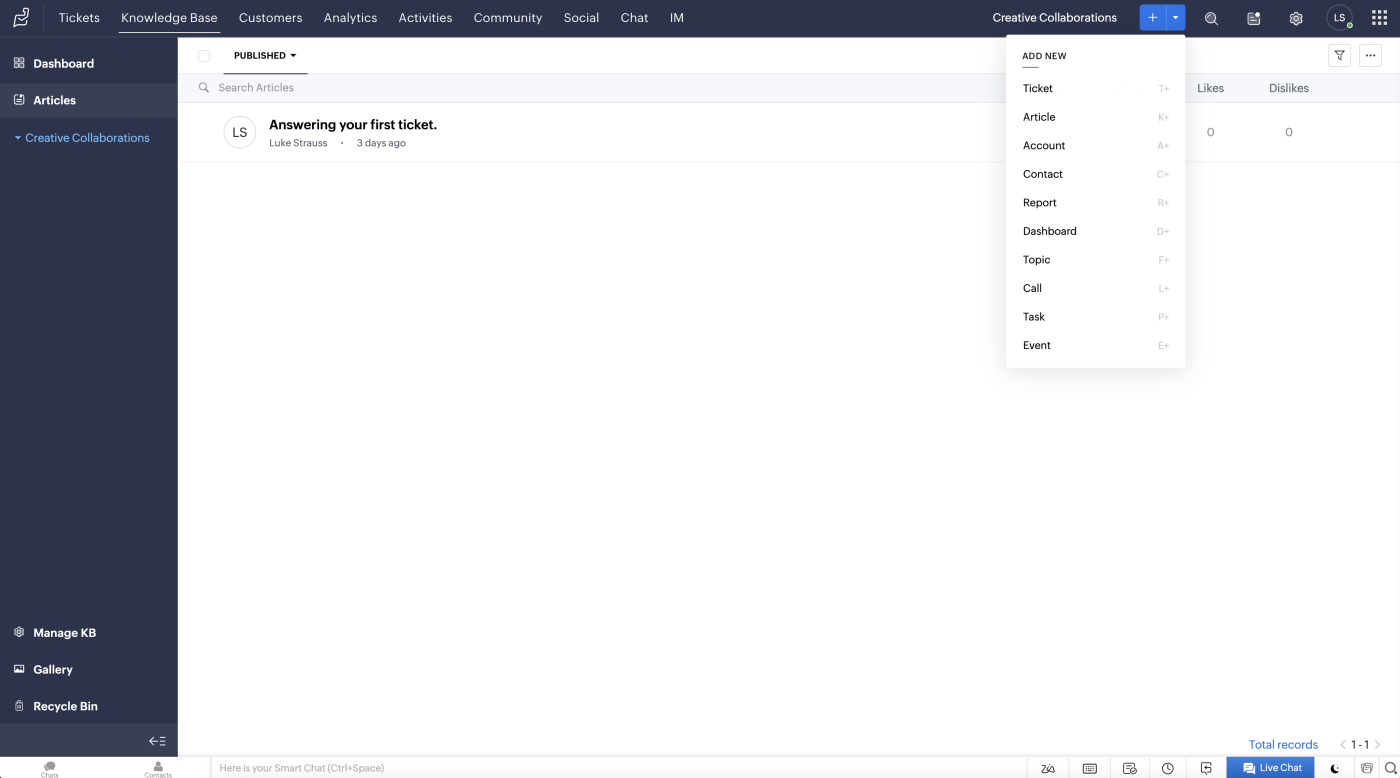
The platform offers very few customization options to make your help center visually appealing or to otherwise meet your users' needs. That said, I was impressed to find that it allows you to customize some of your articles' SEO features like title tag and meta description—a feature that Zendesk lacks. And while Zoho Desk doesn't offer chatbots, you can add them to your website through Zoho SalesIQ.

Advanced features
Both Zendesk and Zoho offer some unique features, but Zendesk's advanced features take the W. For example, it offers accessibility features, like automatic language translation, and security features, like credit card number redaction and data encryption, both at rest and in motion.
Its data and reporting options are also top-notch. It tracks highly specific metrics from every channel, including the efficacy of your bots and ticket escalations over time. Plus, all of these metrics are plotted on charts and graphs in Zendesk Explore. You can even choose to download specific reports using the pop-up download button when you hover over elements like ticket type, or expand them to drill into data sources.
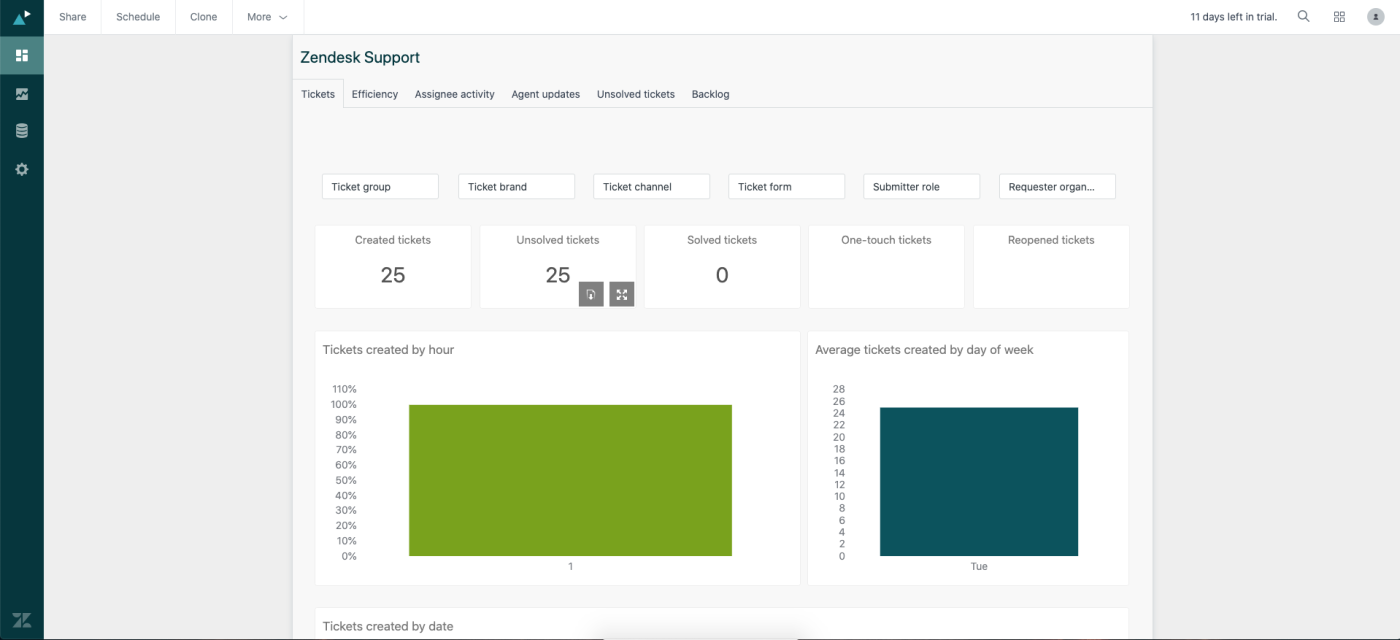
Zoho's dashboards aren't necessarily unhelpful or difficult to understand—in fact, I found them quite visually appealing. They just aren't nearly as granular as Zendesk's, providing far fewer insights than many customer service teams likely want to visualize.
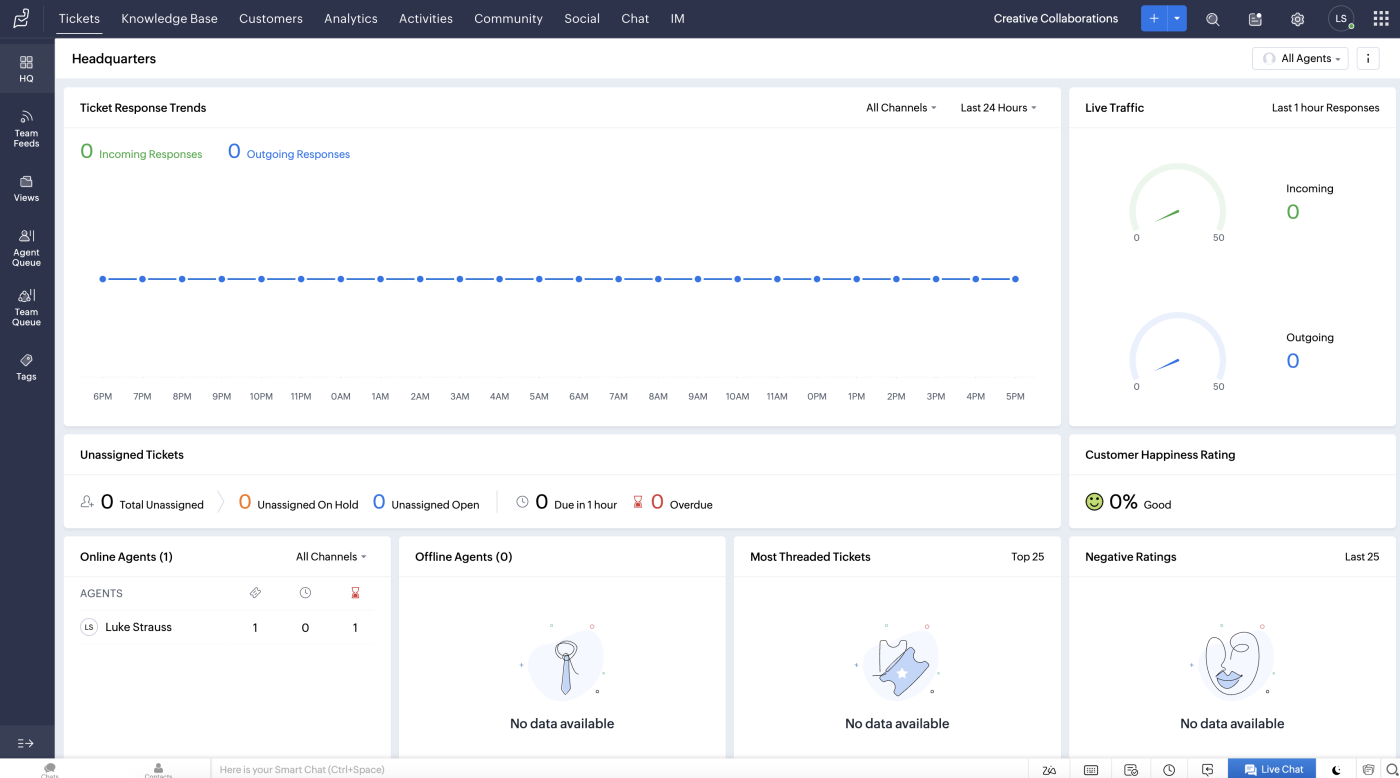
Integrations
Zendesk boasts about 1,700 apps and integrations for everything from time tracking to eCommerce, making it difficult to find something you can't do. Plus, Zendesk offers a local development tool (Zendesk Command Line Interface) for developers to create their own custom Zendesk apps. So, correction—there's truly no limit to what you can do (assuming you or someone on your team can code).
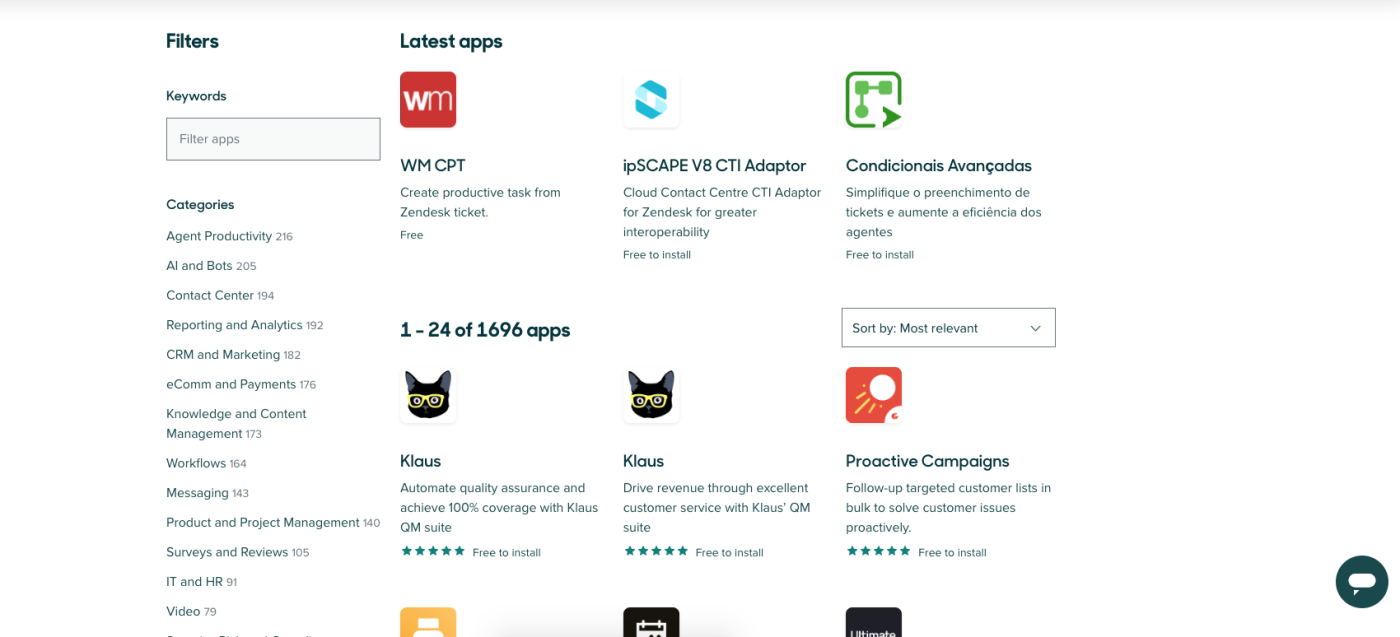
While Zoho Desk doesn't offer nearly as many third-party integrations, you can integrate it with other tools in the Zoho suite and even build your own extensions to add custom functionality.
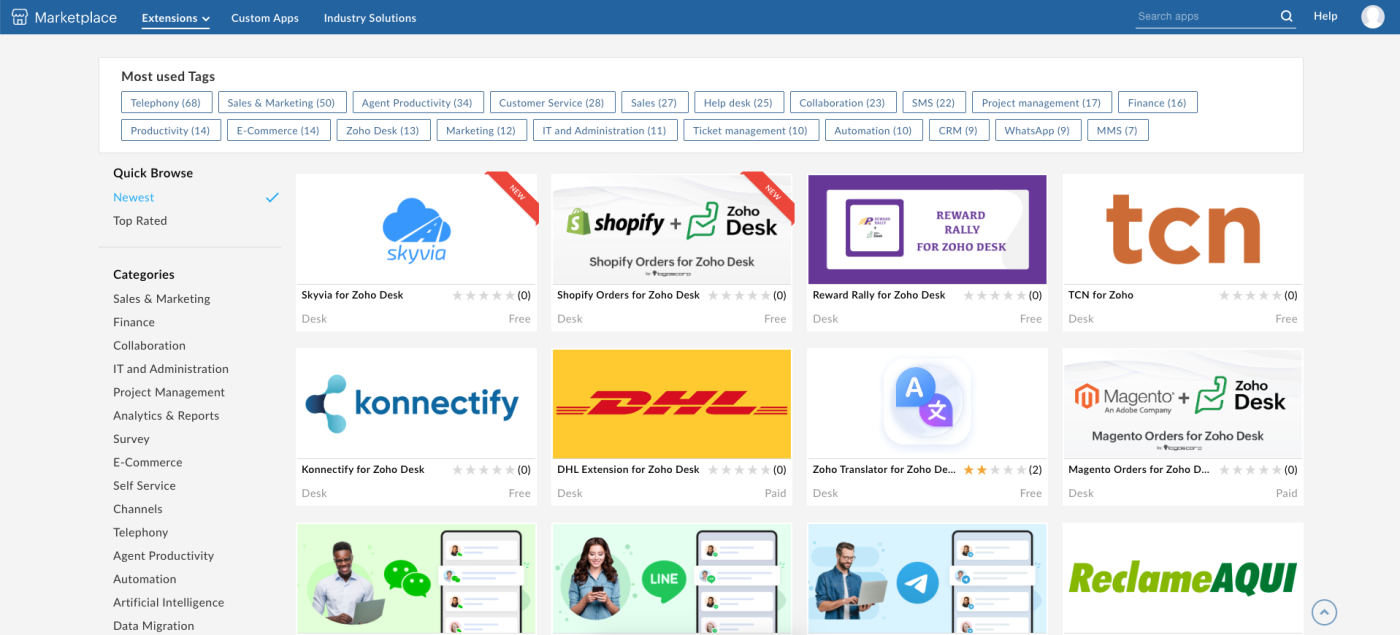
Plus, both Zendesk and Zoho Desk integrate with Zapier, so you won't have to worry about either option failing to cooperate with the other tools you use. Learn more about how to automate Zendesk, or get started with one of these pre-made templates.
Create Zendesk tickets from new Google Forms responses
Send a direct message on Slack about new Zoho Desk tickets
Pricing
Don't think Zendesk will let you snag those advanced features at no cost. Unlike Zoho, Zendesk doesn't offer a free plan, and its plans get significantly more expensive than Zoho's. Its most basic plan (which only covers foundational support) costs $19 per user per month (billed annually). Meanwhile, Zoho Desk's Standard plan costs $14 per user per month (billed annually)
The two apps' Enterprise-level plans differ even more dramatically, with Zoho Desk's most expensive bundle plan costing $40 per user per month, and Zendesk's coming in at $115 per user per month.
Zendesk also charges for some of its added advanced features. For example, only 11 themes are free—the rest you have to purchase through their marketplace. Some of them even hit over $1,000. While I couldn't dream of spending that much on a template, hey—to each their own. And that amazing generative AI? You'll need an advanced plan with a $50 add-on to access it.
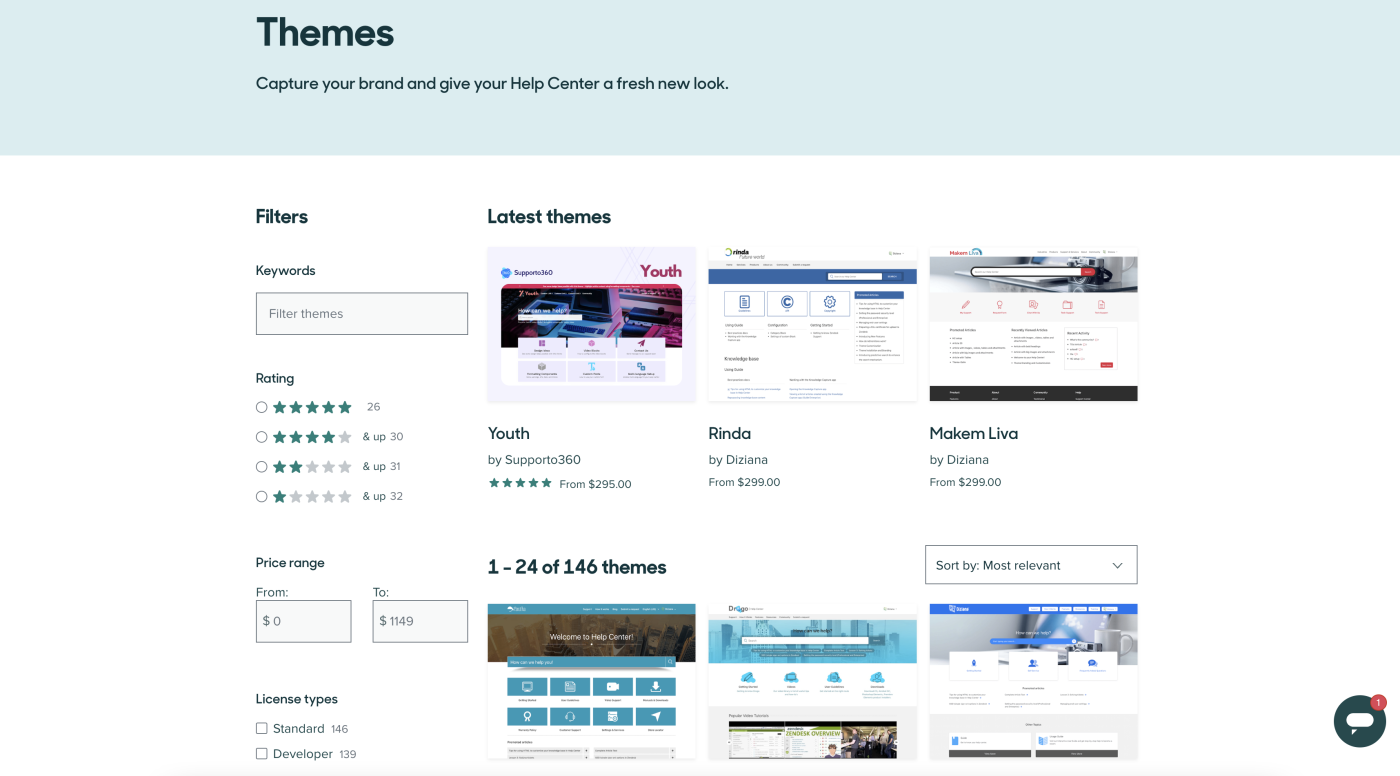
Zendesk vs. Zoho: Which should you choose?
Unless having a virtual assistant powered by AI is really important to you, the decision between Zendesk and Zoho may be a simple budget question: can your organization afford the option with more advanced features and a better user interface? Choose Zendesk, you'll almost certainly be satisfied.
If not, Zoho Desk is still a great customer service software that has some pretty cool perks of its own—and it'll save you a massive amount of money.
Take a look at how Zendesk stacks up to similar apps in our showdowns: Zendesk vs. Freshdesk, Zendesk vs. Intercom, Zendesk vs. Jira, and Zendesk vs. Salesforce.
Related reading:
This article was originally published in April 2023. The most recent update was in May 2024.
